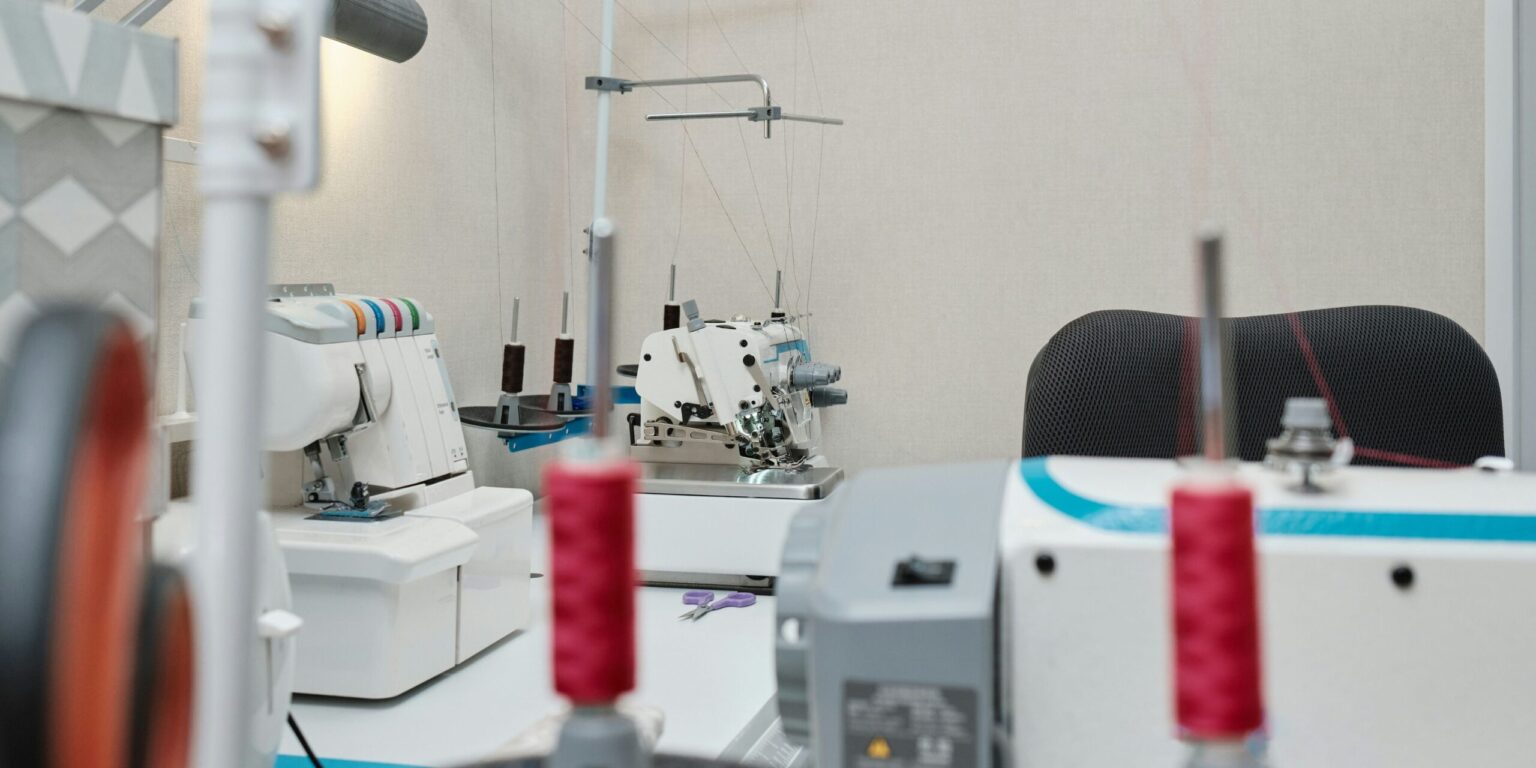By Chloe Ramirez, Health Correspondent
Advancements in medical robotics are transforming healthcare delivery, with new technologies improving surgical precision, patient monitoring, and rehabilitation processes. These innovations are enhancing patient outcomes and streamlining healthcare operations. As medical institutions continue to adopt robotic systems, the healthcare landscape is experiencing significant changes that promise a future where medical procedures and treatments are even more efficient and personalized.
Medical Robots Redefining Precision and Care
The integration of robots into the healthcare sector is ushering in a new era of precision, safety, and accessibility. From robotic surgical systems to patient monitoring and rehabilitation devices, these innovations are playing an increasingly important role in enhancing both the patient and provider experience. While the deployment of medical robots is still expanding, their impact on patient outcomes and hospital operations is already clear.
The Rise of Robotic Surgery
Among the most significant advances is the use of robots in surgery. Robotic systems like the da Vinci Surgical System have become a cornerstone of minimally invasive surgery, allowing surgeons to perform complex procedures with greater accuracy. These systems offer enhanced vision, flexibility, and control, reducing the need for large incisions and resulting in less trauma to the body.
One of the key benefits of robotic surgery is the reduction in recovery time for patients. With smaller incisions and minimal tissue disruption, patients typically experience less pain, reduced risk of infection, and faster healing, leading to shorter hospital stays. These benefits, combined with the precision of robotic systems, make complex surgeries more efficient and accessible.
Dr. Emily Thompson, a leading surgeon at a renowned medical center, commented on the impact of robotic assistance in surgery: “The ability to conduct procedures with such precision has revolutionized the way we approach surgery. It not only enhances patient outcomes but also increases our operational efficiency by allowing quicker turnarounds between procedures.”
Robotics in Patient Monitoring
In addition to surgical applications, robots are proving invaluable in patient monitoring. Robotic systems are increasingly being deployed in intensive care units (ICUs) to continuously monitor patients’ vital signs. These robots are capable of tracking heart rate, blood pressure, and oxygen levels, alerting healthcare professionals if a patient’s condition worsens.
The continuous, real-time monitoring provided by these systems offers a significant advantage in critical care. With more accurate and timely data, medical teams can respond faster to potential issues, improving patient safety and reducing the likelihood of complications. These technologies are particularly beneficial in high-pressure environments, where rapid decision-making is essential.
“Robotic monitoring systems are a game-changer in ICUs,” says Dr. Jane Roberts, an intensivist at a major hospital in California. “They help us make more informed decisions quickly, which can be the difference between life and death in some cases.”
Revolutionizing Rehabilitation
In the field of rehabilitation, robots are being used to assist patients recovering from strokes, spinal cord injuries, or other debilitating conditions. Robotic devices are designed to help patients regain mobility by providing consistent, targeted therapy. These robots can adjust to individual progress, ensuring that each patient’s recovery plan is tailored to their specific needs.
For example, robotic exoskeletons allow patients with limited mobility to stand and walk, while robotic arms help patients with arm or hand paralysis regain motor function through repetitive, guided movements. These innovations are making rehabilitation more efficient and personalized, leading to faster and more meaningful recoveries.
A recent study conducted by the University of Michigan found that patients using robotic rehabilitation systems showed significant improvement in motor skills and overall mobility compared to traditional therapy methods. “The technology not only accelerates recovery but also empowers patients, providing them with greater independence as they regain lost functions,” said Dr. Kevin Williams, a researcher involved in the study.
Challenges in Adoption
While the benefits of medical robots are clear, the widespread adoption of these technologies comes with its own set of challenges. The initial cost of purchasing and installing robotic systems can be prohibitively high for some healthcare institutions. Additionally, medical professionals need specialized training to effectively operate these systems, which can further increase expenses.
However, as the technology becomes more advanced and widespread, prices are expected to decrease, making it more accessible to a larger number of hospitals and healthcare providers. Moreover, the operational efficiencies and improved patient outcomes associated with robotic systems are proving to be cost-effective in the long run.
Healthcare systems are also faced with the challenge of integrating robotic systems into existing workflows. Despite these hurdles, the benefits of robotics in improving patient care and operational efficiency are compelling healthcare providers to invest in these innovations.
Looking Toward the Future
The integration of robots into healthcare delivery is expected to continue evolving at a rapid pace. As technology improves and becomes more affordable, medical robots will play an even more significant role in patient care. Future developments may include robots capable of performing complex surgeries autonomously or robots that can detect diseases at earlier stages through advanced imaging techniques.
Experts predict that within the next decade, robotic systems will become a common feature in every major hospital, revolutionizing not only surgery but also diagnosis, monitoring, and rehabilitation. This would mark a new chapter in healthcare, with robots providing a level of precision and care that was previously unimaginable.
Dr. Michael Chang, a pioneer in medical robotics, explains, “We are on the verge of a medical revolution, where robots can perform surgeries with higher precision than the human hand, monitor patient vitals more accurately than ever before, and assist in rehabilitation in ways we once thought impossible. The future of healthcare is here, and it’s being powered by robots.”
